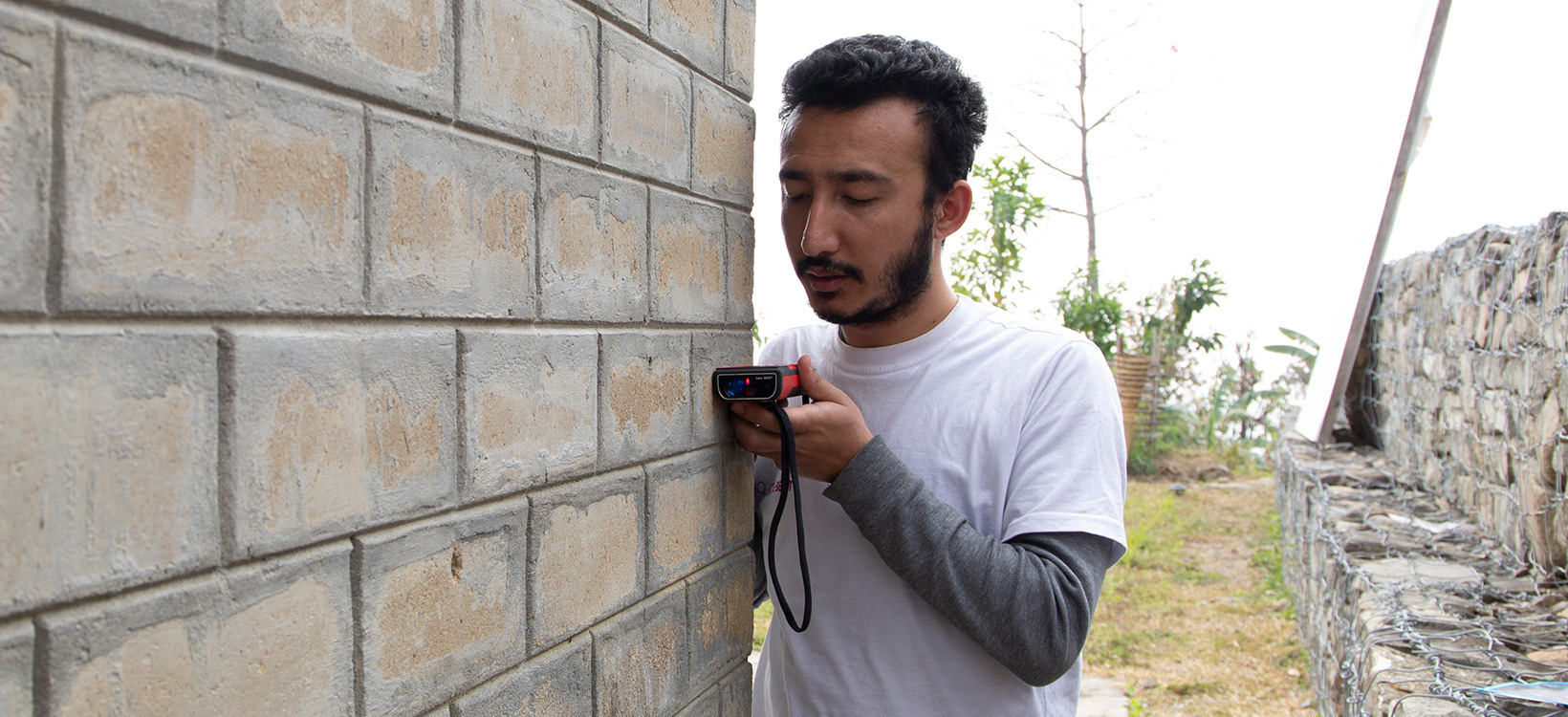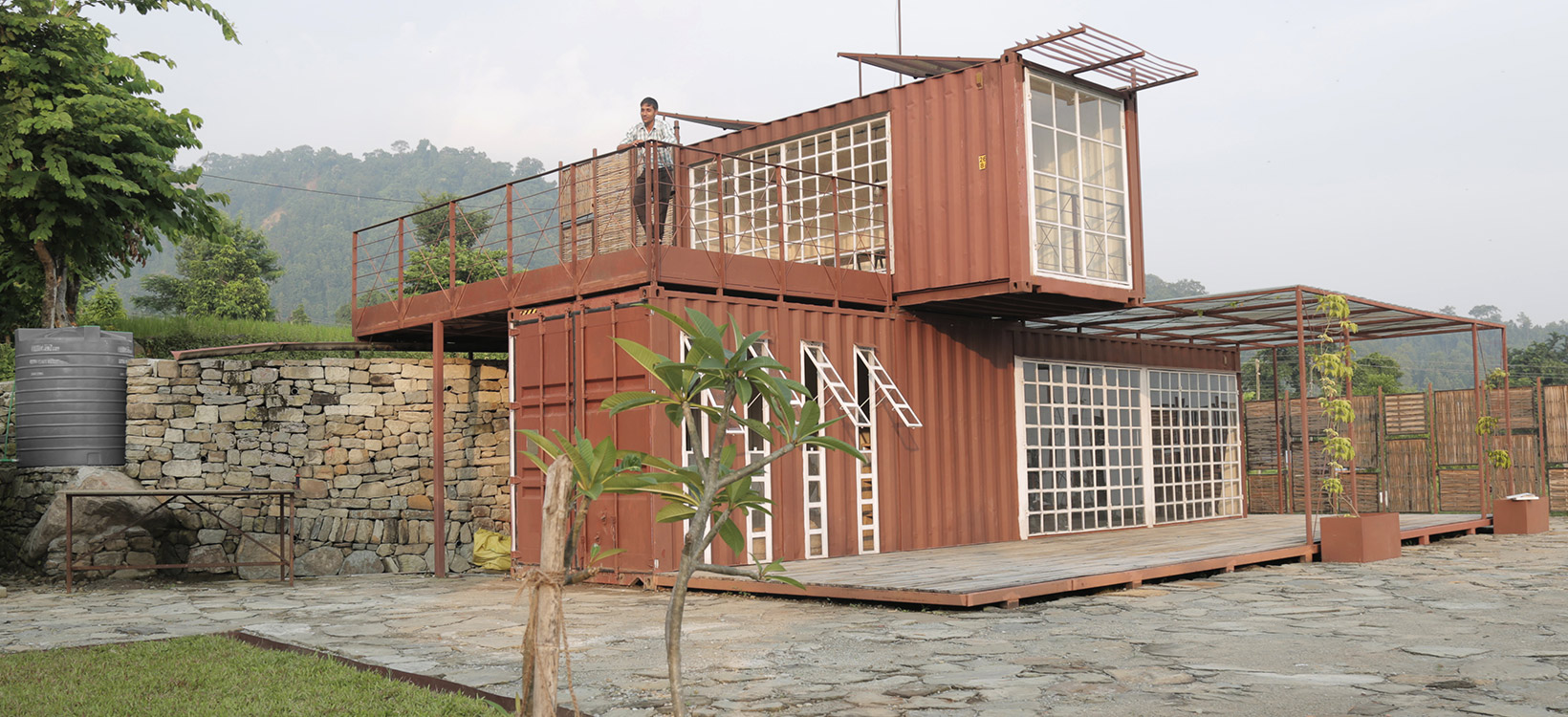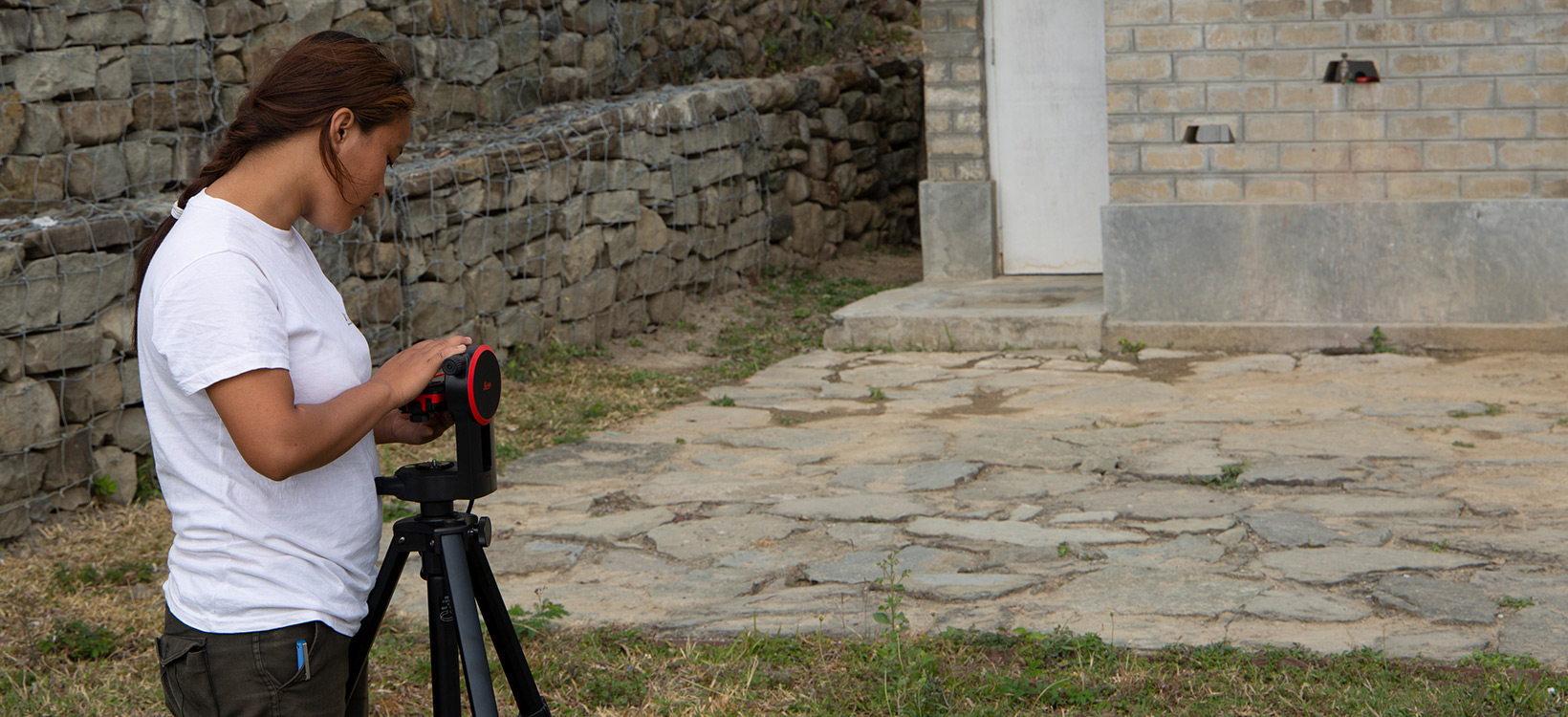Building a ‘living classroom’ in eastern Nepal
Case study

Author: Cornelia Dietz
Where farmers are teachers, villages are classrooms and an 8000-metere vertical gradient is the ‘vertical university’.
KTK-Belt, Inc., is a non-profit organisation whose mission is to catalyse new models of biodiversity conservation and environmental learning in eastern Nepal. It works with teachers, farmers, youth and women to create a ‘Vertical University’. The idea of this sustainable project is to create a ‘living classroom’ in the form of a 7,620-metre vertical forest corridor stretching from Koshi Tappu (67 m), Nepal’s largest aquatic bird sanctuary, to Mt. Kanchenjunga (8,586 m), the world’s third tallest peak.
The ‘Vertical University’ is a vessel to teach and conserve the 6,600 flowering plant species, 800 bird species and 180 mammals that are found in eastern Nepal. In a mountainous country like Nepal, where there is exceptional biological, climatic and cultural diversity from the tropical plains to the alpine Himalayas, conventional education paradigms where students sit in a stationary classroom, divorced from their surroundings, make little sense.
With a shared belief to foster a sustainable planet, Leica Geosystems supported this new biodiversity conservation and environmental learning project by donating a Leica DISTO™ D810 touch pro pack. This complete professional system for convenient aiming, precise measurements and documenting the results with pictures, includes a Leica DISTO™ D810 touch, the Leica FTA360 tripod adapter and the Leica TRI70 tripod packed in a rugged case.
Creating flexible multi-purpose community spaces

KTK-Belt fellows used the DISTO™ D810 touch during the construction of their first learning grounds, an outdoor learning and community space for children and villagers in Yangshila. Local labourers used DISTO™ in the construction, documentation and modification of the centre to host exhibits and other activities.
“During construction, we worked with local labour workers who have little or no formal schooling. The Leica DISTO™ tool allowed us to ensure the structures were according to the drawings that were submitted by the design and engineering team. The device was easy to understand and could be operated by our local workers. The built-in camera worked great outside also in these weather conditions,” said Priyanka Bista, co-founder and co-director of KTK-Belt studio.

The eco-campus was built of recycled shipping containers, bamboo, stone and mud.
The structure built using DISTO™ has 45 square metres, roughly the size of a typical village home. The modern structure made of stacked recycled shipping containers, reclaimed wood from a dismantled local barn, and native bamboo, stone and mud has folding doors on both levels, opening the surrounding landscape to accelerate sustainable livelihood opportunities in the community. The top container is cooled from the shade of eight solar panels that provide the full energy requirements of the building. Climber vines, vertical gardens, and the green roof are used to show different ways to integrate vegetation and passively cool the building, providing ecosystem services.
“We are so happy to see that already some campus is built, and they could build up a flexible multi-purpose community space with the help of the Leica DISTO™,” said Markus Hammerer, program director of Leica DISTO™ handheld products at Leica Geosystems.
Teaching tools for builders

To recruit, train and build the capacity of youth fellows to lead in various areas of the project, KTK-Belt created the BELT fellows program. So far, the first five youth fellows have been trained in construction, design, hospitality, outdoor education, and conservation and GIS.
“Ever since I was a child, I’ve been interested in construction. Unlike my sisters, I was always attracted to building tools. I am also driving myself these days to learn how to use a measuring tape, scale, calculator and even a laser distance metre in order to draw proper architectural drawings. Seeing us in the construction site, women in the village have become encouraged to work for themselves as well,” said Pabitra Magar, KTK-Belt construction fellow.
With intuitive features and functions, such as the 4x zoom point finder, BELT fellows measured distances with the DISTO™ D810 touch even if they could not see the red laser dot on the target because it was too far away or the sun was too bright. Fellows just orientated with the cross displays to aim at the right target.
Ensuring a scalable and sustainable future with technology that is used to do its greatest good – this is at the heart of Hexagon’s approach. KTK-Belt is using technology to leverage the potential of biodiversity, indigenous knowledge, and people-plant interactions.

The living classroom in Yangshila
























